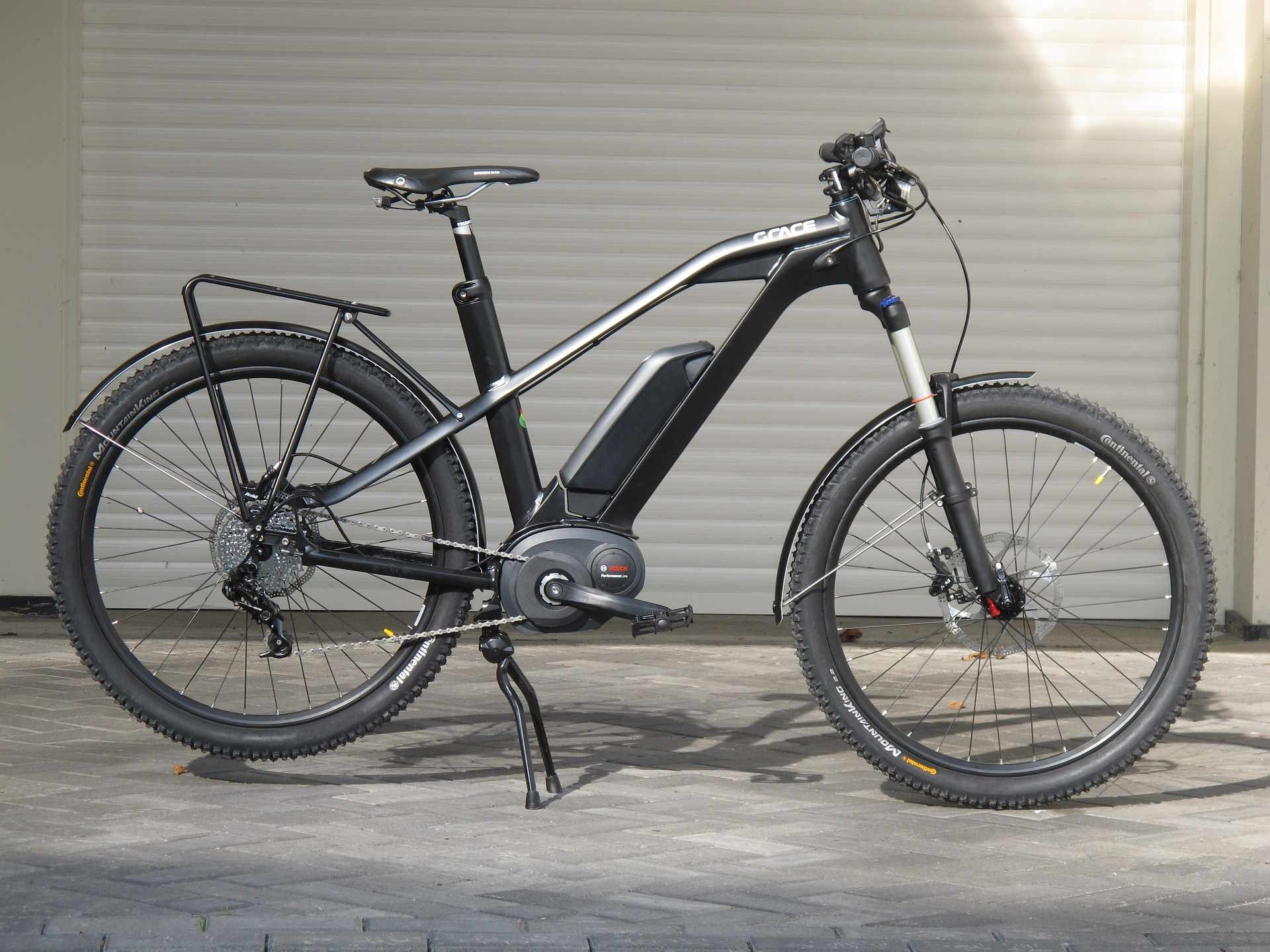Hutchinson Tire Pricing Guide: Types, Costs, and Key Factors for Drivers
Hutchinson has built a reputation for producing quality tires across various cycling and automotive categories. Understanding the different tire types, their pricing structures, and what influences costs can help drivers and cyclists make informed purchasing decisions. This guide breaks down Hutchinson tire options, cost factors, and strategies for finding value in your next tire purchase.

When shopping for tires, understanding what drives pricing and how different types meet specific needs is essential for making a smart investment. Hutchinson manufactures tires for bicycles, motorcycles, and specialty vehicles, with each category offering distinct features and price points. Whether you’re a road cyclist, mountain biker, or vehicle owner, knowing the range of options and cost factors helps you balance performance with budget.
What Types of Hutchinson Tires Are Available?
Hutchinson produces several tire categories designed for different applications. For cyclists, the brand offers road bike tires, mountain bike tires, gravel tires, and tubeless options. Road tires typically emphasize low rolling resistance and aerodynamics, while mountain bike tires focus on traction and durability for off-road conditions. Gravel tires blend characteristics of both, providing versatility for mixed-terrain riding. Hutchinson also manufactures tires for motorcycles and industrial applications, though their cycling products remain most prominent in consumer markets. Each type uses specific rubber compounds, tread patterns, and construction methods that influence both performance and cost.
What Price and Cost Factors Affect Hutchinson Tires?
Several elements determine the final price of Hutchinson tires. Material quality plays a significant role, with premium rubber compounds and advanced casing technologies increasing costs. Tubeless-ready tires generally cost more than traditional clincher designs due to additional sealing layers and manufacturing complexity. Tire size also impacts pricing, as larger or specialty sizes require more materials and often have lower production volumes. Brand positioning matters too—Hutchinson’s performance-oriented models command higher prices than entry-level options. Seasonal demand, retailer markup, and geographic location further influence what consumers pay at the point of sale. Understanding these factors helps shoppers recognize whether a price reflects genuine value or temporary market conditions.
Key Factors for Drivers to Consider When Choosing Hutchinson Tires
Selecting the right Hutchinson tire involves evaluating your specific riding or driving conditions. Terrain type is crucial—smooth pavement requires different tread patterns than rocky trails or wet roads. Weather conditions matter significantly, as some tire compounds perform better in cold or wet environments while others excel in dry, warm conditions. Durability versus weight represents another trade-off, with lighter tires offering speed advantages but potentially shorter lifespans. Puncture protection features add cost but reduce maintenance hassles and roadside repairs. Compatibility with your wheel system, especially regarding tubeless readiness, affects both initial purchase decisions and long-term maintenance costs. Riders should also consider their skill level and riding style, as aggressive cornering or frequent braking demands tires with specific performance characteristics.
Hutchinson Tire Price Comparison
To provide perspective on typical Hutchinson tire pricing, the following table shows estimated costs for common tire types across different retailers. These figures represent approximate ranges based on recent market data.
| Tire Type | Retailer | Cost Estimation |
|---|---|---|
| Road Bike Tire (700c) | Online Cycling Shops | $35 - $75 per tire |
| Mountain Bike Tire (29”) | Local Bike Shops | $45 - $90 per tire |
| Gravel Tire (700c) | Specialty Retailers | $50 - $85 per tire |
| Tubeless Road Tire | Direct from Manufacturer | $60 - $95 per tire |
| Entry-Level Clincher | Discount Retailers | $25 - $45 per tire |
Prices, rates, or cost estimates mentioned in this article are based on the latest available information but may change over time. Independent research is advised before making financial decisions.
How to Get Good Deals on Hutchinson Tires
Finding competitive pricing on Hutchinson tires requires strategic shopping and timing. End-of-season sales often bring significant discounts as retailers clear inventory for new models. Purchasing in pairs or sets typically yields better per-tire pricing than buying individually. Online retailers frequently offer lower prices than brick-and-mortar shops due to reduced overhead, though local shops may provide installation services and expert fitting advice that add value. Subscribing to cycling retailer newsletters alerts you to promotional periods and exclusive discounts. Comparing prices across multiple platforms ensures you’re not overpaying, and some retailers offer price-matching policies. Consider previous-generation models, which often perform nearly as well as current versions but cost substantially less. Joining cycling clubs or loyalty programs sometimes provides access to member-only pricing. Finally, buying during off-peak months when demand is lower can result in better deals than shopping during prime cycling season.
Understanding Value Beyond Initial Cost
While purchase price matters, evaluating the total cost of ownership provides a more complete picture. Higher-priced tires with superior puncture protection may save money over time by reducing flat repairs and replacements. Tires with longer tread life cost more upfront but require less frequent replacement. Performance characteristics like rolling resistance affect energy expenditure, which matters for competitive cyclists or those riding long distances. Warranty coverage and manufacturer support add value that isn’t reflected in the sticker price. Consider installation costs if you lack the tools or experience for self-installation, as professional mounting fees vary. The right tire for your specific needs delivers better value than a cheaper option that underperforms or wears prematurely. Balancing immediate costs with long-term performance and durability leads to smarter purchasing decisions.
Choosing Hutchinson tires involves weighing multiple factors beyond simple price comparison. By understanding the different tire types available, recognizing what drives costs, and knowing where to find competitive pricing, you can make informed decisions that match your performance needs with your budget. Whether you prioritize speed, durability, or all-weather capability, Hutchinson’s range offers options across various price points. Taking time to research and compare ensures you get appropriate value for your investment.




